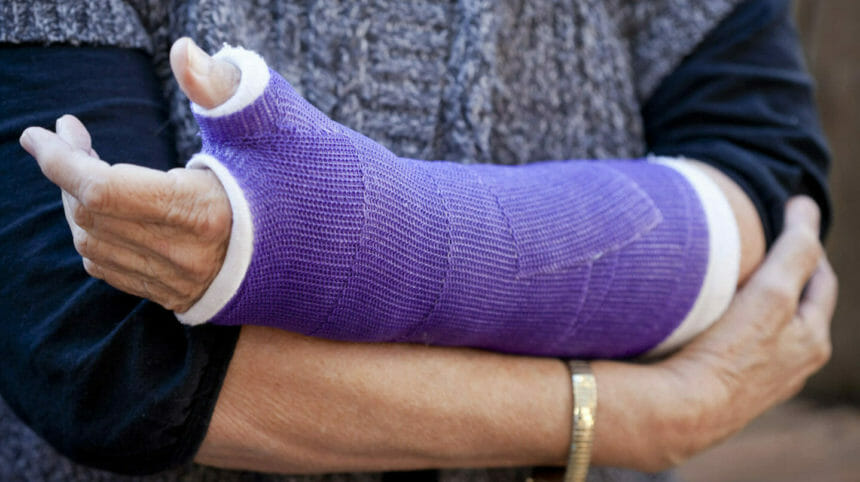
When an older adult breaks a wrist, a doctor may recommend a cast or surgery. But a new study finds that getting a cast is just as good as surgery for such fractures.
The study was published Wednesday in the Journal of Orthopaedic Research. The scientists examined 276 people aged 70 to 89 who had a distal radius fracture. Those types of fractures do not break the skin. The people either had a cast or surgery anywhere from August 2018 to January 2022. Of the total people studied, 213 had to wear a cast — that’s 77.2% — and 63 of them had plates or pins put into their arms by way of surgery.
During the first year after surgery, 19 of the people — 5 who had surgery, and 2 who wore casts — had complex regional pain syndrome, or prolonged pain. Also, 6 people who had casts developed carpal tunnel syndrome. There weren’t any statistically significant differences in disability of the shoulder, arm or hand, or differences in range of motion.
The authors say that the people who wore casts didn’t perform worse than any of the people who had surgery. They used several metrics, including the Disability of the Arm, Shoulder and Hand, or DASH, score and range-of-motion, or ROM, tests.
When they looked at DASH scores a year after surgery, people who had external fixators with percutaneous pinning (EFPP) had higher scores than those with isolated percutaneous pinning, or IPP, and volar-locked plates, also known as VLP.
The current study discovered that, when comparing DASH scores 1 year after surgery, EFPP surgery scored higher than VLP and IPP.
The majority of people with fractures got casts, but the authors said that that was done regardless of the severity of the fracture.
“Especially with distal radial fractures in the elderly, we believe that determining the most suitable kind of treatment that may be administered to the patient is the most significant problem, rather than focusing on the X-ray results,” they said.





